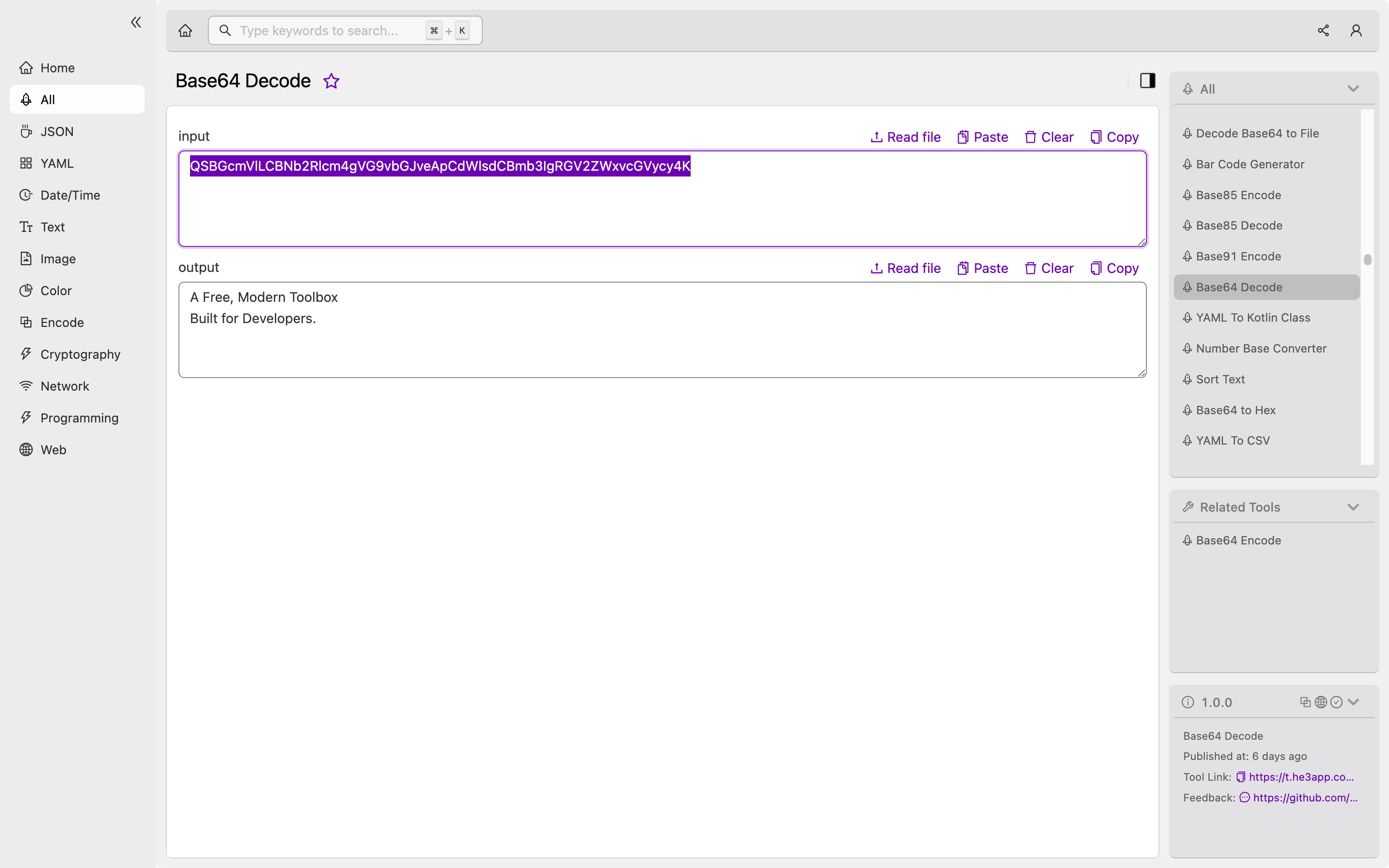Introduction
When it comes to web development, encoding and decoding data is a common necessity. Base64 Decode is one of the most popular encoding and decoding techniques, employed to convert data from a particular format to a different one. This article will provide a comprehensive overview of the concept of Base64 Decode, how it works, scenarios in which it is useful, and misconceptions surrounding it.
Understanding Base64 Decode
Base64 Decode is a technique that transforms any binary or text data into a 64-character ASCII encoding format. The technique was invented for use in internet email systems, but it has since been adopted in various fields, including web development and cybersecurity. The technique is popular due to its simplicity and efficiency.
Base64 Decode works by dividing the input data into 6-bit segments, which are then represented as a 64-character table. Each character in the table represents a particular value, and the output is generated by converting the input data into the corresponding table characters.
How to Use Base64 Decode
Developers can use Base64 Decode directly in their code by calling the decoding function of their programming language (such as Python’s base64.b64decode() function). Alternatively, they can use online tools to encode and decode data. One such tool is the Base64 Decode tool in He3 Toolbox (https://t.he3app.com?dt46). It is an easy-to-use tool that does not require any programming knowledge. To use the tool, simply copy and paste the encoded data into the input field, click on the “Decode” button, and the output will be displayed.

Scenarios Where Base64 Decode is Useful
Base64 Decode is useful in several scenarios, including:
- Transmitting images and other media files through email or over the internet
- Storing data on web servers that do not support binary data
- Preventing data corruption when transferring data through channels that do not support binary data
Key Features of Base64 Decode
| Feature | Description |
|---|---|
| Simplicity | Base64 Decode is easy to understand and implement in any programming language. |
| Efficiency | The technique has a high ratio of output to input data, making it highly efficient. |
| Compatibility | Base64 Decode can be used with any type of data, including binary and text data. |
Misconceptions about Base64 Decode
There are a few common misconceptions surrounding Base64 Decode, including:
- It adds to the security of data: This is not true. Base64 Decode does not provide any form of encryption or security for data.
- It can handle any type of encoding: This is also not true. Base64 Decode can only handle the encoding scheme that it was designed for, which is a 64-character ASCII encoding format.
Frequently Asked Questions
What is the difference between Base64 and Base64 Decode?
Base64 is an encoding technique that converts binary and text data into a 64-character ASCII encoding format. Base64 Decode, on the other hand, is a technique that converts Base64-encoded data back to its original format.
Is Base64 Decode reversible?
Yes, Base64 Decode is a reversible technique. It can convert Base64-encoded data back to its original format.
Conclusion
Base64 Decode is a simple and efficient technique for encoding and decoding binary and text data. It is widely used in web development, cybersecurity, and other fields. Understanding the concept of Base64 Decode, how it works, and misconceptions surrounding it is crucial for developers. The Base64 Decode tool in He3 Toolbox (https://t.he3app.com?dt46) provides an easy-to-use solution for developers who do not want to write code to decode data.
References:
